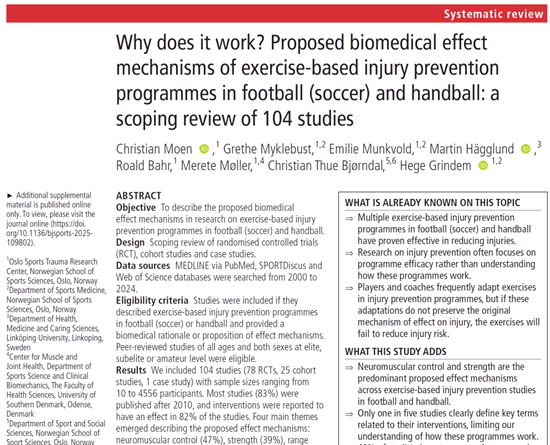While ACL tears often receive the most attention in sports medicine, they rarely occur in isolation from other movement and biomechanical issues. Research shows that athletes with ankle instability are 4-6 times more likely to experience knee injuries, highlighting the interconnected nature of the kinetic chain. Similarly, studies have found that hamstring weakness is a significant predictor not just for hamstring strains but also for ACL injuries and lower back pain. Core stability deficits create a domino effect throughout the body, contributing to injuries in seemingly unrelated areas like the shoulders and ankles by disrupting proper force transmission. Many comprehensive prevention programs address these connections by incorporating exercises that improve neuromuscular control across multiple joints and movement patterns simultaneously. By understanding these relationships between different injury types, athletes can take a more holistic approach to prevention rather than focusing narrowly on a single body part or movement.

In Defense of the Marathon Tourist: Why Every Finish Line Matters
I recently came across an Instagram post criticizing runners who pursue the Abbott World Marathon Majors, suggesting that completing all six races is more about wealth than athletic achievement. The argument? If you're finishing in 5-7 hours, you're not a "real"...




0 Comments